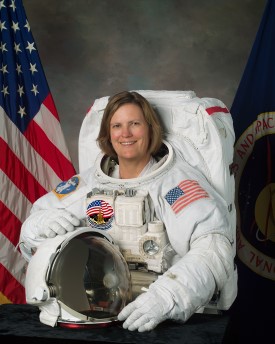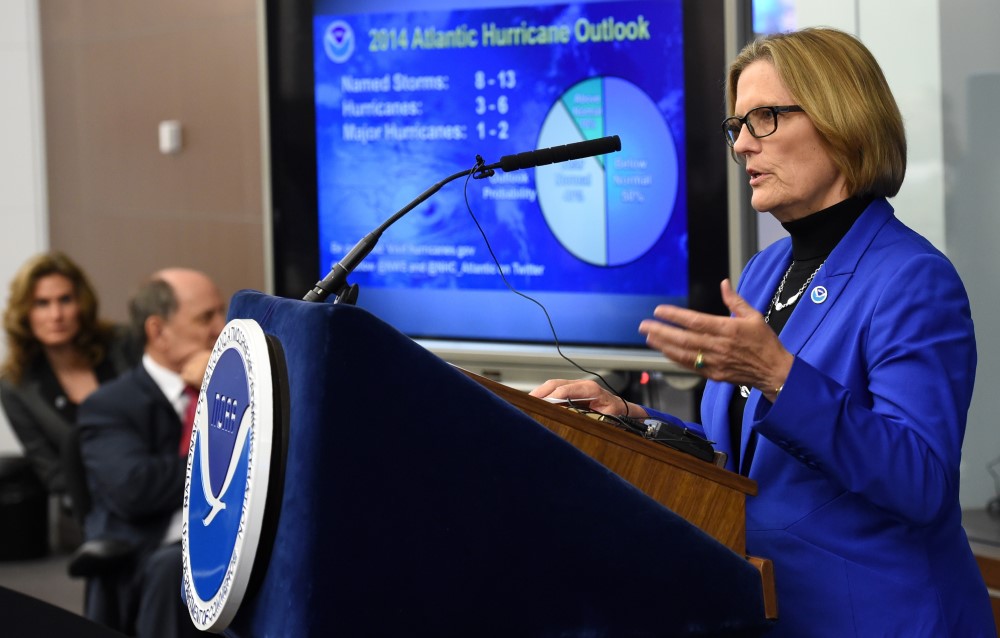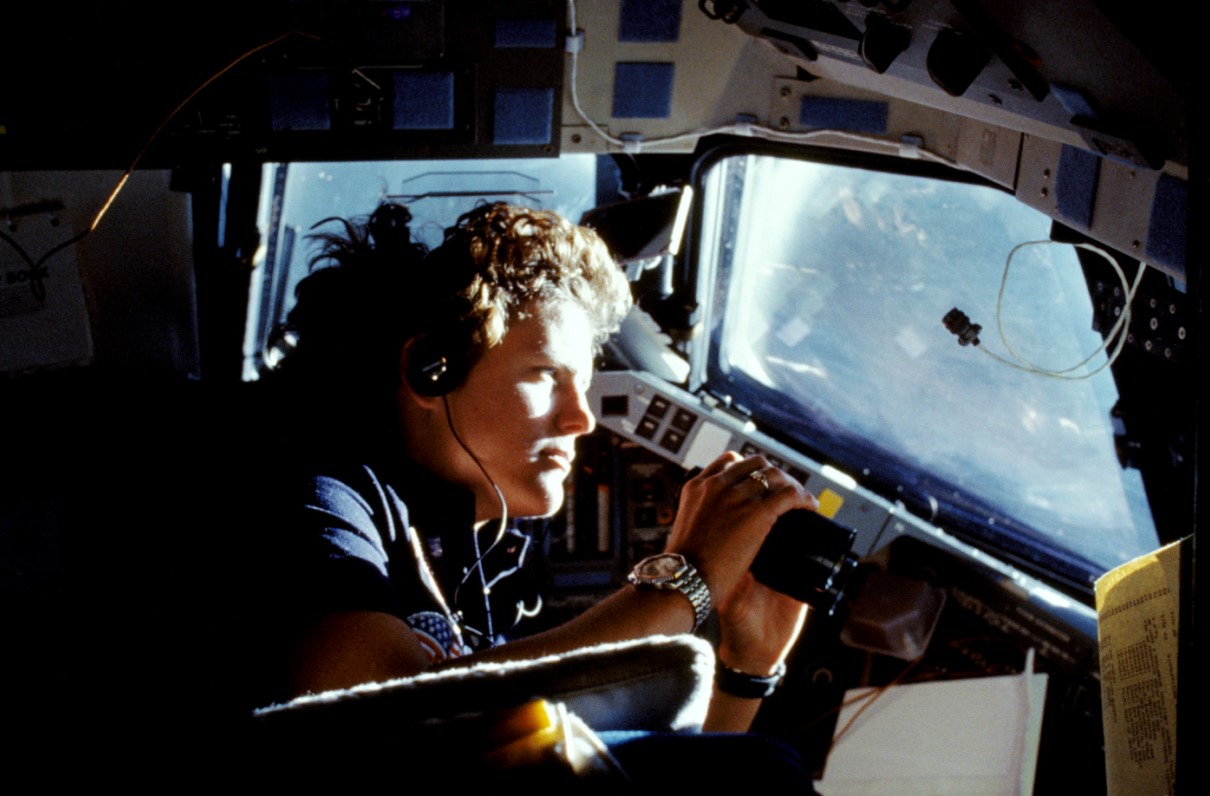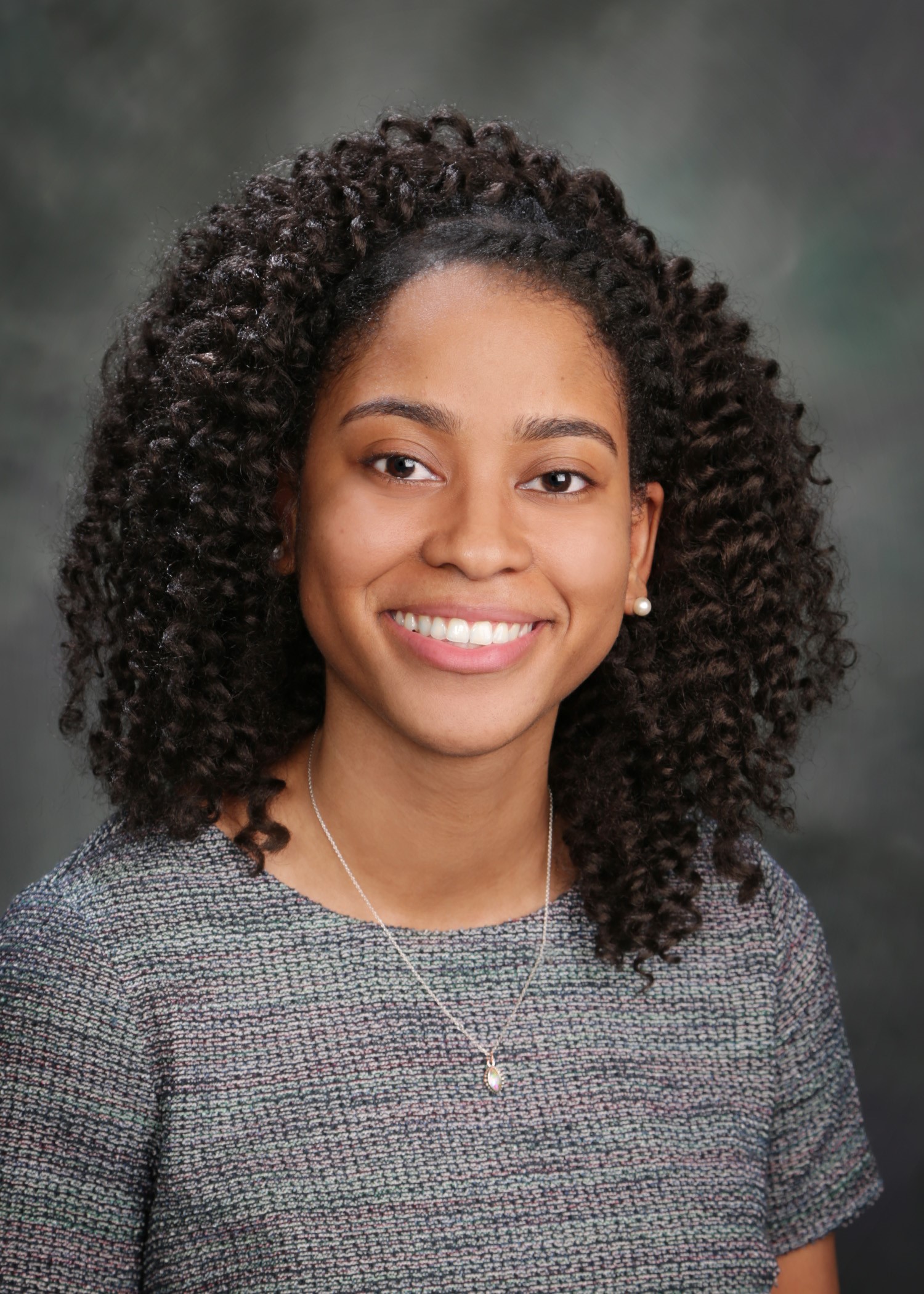(This article originally appeared in the July 2022 issue of Military Officer, a magazine available to all MOAA Premium and Life members. Learn more about the magazine here; learn more about joining MOAA here.)
 Very few people get to travel into space. Even fewer get to explore the deepest parts of the sea. But Capt. Kathryn Sullivan, USNR (Ret), has done both.
Very few people get to travel into space. Even fewer get to explore the deepest parts of the sea. But Capt. Kathryn Sullivan, USNR (Ret), has done both.
As the first American woman to walk in space and the first woman to dive to the Challenger Deep in the Mariana Trench, Sullivan has been able to study the world from two very different perspectives with one goal — continuing her quest for knowledge and exploration.
While at NASA, Sullivan flew on three space shuttle missions, spending more than 500 hours in space. She was also part of the team that launched, rescued, repaired, and maintained the Hubble Space Telescope. After leaving NASA, she has held a variety of leadership positions, including administrator of the National Oceanic and Atmospheric Administration (NOAA).
The following interview has been edited for clarity and length.
Q. Where did your love for space first come from?
A. I had probably looked at every single photo of the Earth that every astronaut had ever taken, and they were all mesmerizing. And I used to imagine what it would be like to actually be there myself in the expansive space and look at this little ball that we live on with my own eyes. So, the driving force that led me to apply to the Astronaut Corps was the fact that a lucky few people picked were going to get to see the Earth with their own eyes from that vantage point.
[RELATED: Watch MOAA’s Interview With Col. Shane Kimbrough, USA (Ret), From Orbit]
Q. Were you always interested in the sea as well? Or was there a moment during your space career when you wanted to move on to exploring the sea?
A. No, it was the other way around. My undergraduate degree is in the earth sciences broadly, and my graduate work was in marine geology and geophysics. And I was heading happily down the road of being someone who studied the deep-sea floor, and I hoped to someday go down to see it.
It was really serendipity that right around the same time I was finishing up my doctoral work, NASA began recruiting for the space shuttle program. I drew a parallel between what NASA envisioned for the space shuttle and the research vessels that I had worked on since my fourth year of university. [NASA called] it a space shuttle, but it’s basically a research vessel that goes into space instead of going out to sea.

Q. Can you tell me about the purpose of your 2020 dive to the deepest part of the ocean, the Challenger Deep?
A. There was this question about how deep is the deepest point of the Challenger Deep, and how accurately do we know that. The initial answer was, “We think we know it was right here, and we think it’s this number,” but that’s plus or minus 150 feet, which is a pretty fat margin of error. So [Cmdr.] Victor Vescovo, [USNR (Ret), who] owns the ship and the submersible, asked if I could figure out a way to help shrink that error. And that’s exactly the kind of thing NOAA does: It is one of the world’s experts at measuring depths everywhere in the ocean very precisely. So, I got together some of NOAA’s science team and worked with Victor’s engineering crew, and we did manage to shrink the margin down to plus or minus 10 and 12 feet.
[MOAA INTERVIEW: Record-Setting Deep-Sea Explorer Cmdr. Victor Vescovo, USNR (Ret)]
Q. What was it like to reflect on your space career for your 2019 book, Handprints on Hubble?
A. It’s not easy to write a book, but I thought somebody needed to tell the story of Hubble. It was getting shorthanded as “Gosh, it took a long time for Hubble to get up there and it was way over budget. And then it couldn’t see straight. Oh, but thank heavens, the astronauts fixed it, now look at the pretty pictures.” And it’s this hinge point about, wait — school bus-sized thing in orbit [with an issue fixed]? You don’t pick up a tool from Home Depot to fix that. How did that happen, and who made that happen?
The reason Hubble is still alive today is engineers had the foresight to make Hubble repairable from an architecture point of view and then built the [special] tools [for any repairs]. If those things hadn’t happened, Hubble would’ve died when it was discovered that it had the blurry mirror. And so, I used my space career memoir as a vehicle for telling that story.
Q. Finally, if you had to pick space or the sea, which one would you pick?
A. I would pick exactly the hand I was dealt, which is I didn’t have to pick, but I’ll give you another dimension to that. If you’re going for just the purely aspirational, inspirational view, it’s pretty hard to beat space. We’re all kind of wired to that broad vista; it’s why we all stop at lookout points on the mountain. We want to see the wider view. But if you want the magic of life everywhere, [I’d pick] the ocean. The ocean is our life support system, so the life in the sea is so much more mesmerizing for me. I love the view from space, but I’m entranced in a different way when I get to be in the sea and observe all the life that’s there and how it works.
Military Officer Magazine
Discover more interesting stories in MOAA's award-winning magazine.

